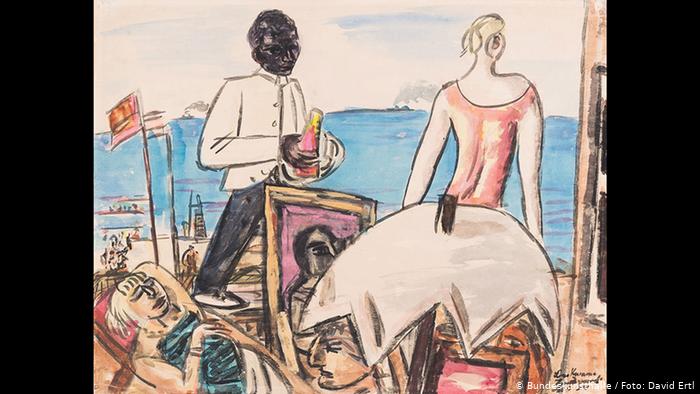The Riches of War: Stolen Art from Jewish Homes
The second world war brought with it a wash of casualties. It also brought with it the theft of priceless art, stolen from Jewish homes. Recently, art belonging to the Deutsch de la Meurthe family was restored to them by Germany. Living in Paris when Germany invaded and occupied France, the Nazi’s stole 4 of their precious drawings. Nazis seized their house, using it as a storeroom for other art and furniture stolen from Jewish families.
The artworks were discovered in the home of Benita Renate Gurlitt. She was the daughter of Nazi-sanctioned art dealer Hildebrand Gurlitt. She died in 2012. The drawings; works by Charles Dominique Joseph Eisen, Augustin de Saint-Aubin and Anne Vallayer-Coster, will return to the descendants of that family.
Hitler’s Grand Scheme

In an attempt to build a museum that only featured art by “Aryan” Germans, Adolf Hitler sanctioned the raiding and destruction of art from other contemporary artists. He saw the artwork as debasing and as “degenerate art”. He wanted to purge Germany while he planned to build the Führermuseum, or “Leader Museum,” in his hometown, the Austrian city of Linz.
Only four German art dealers including Hildebrand Gurlitt had the approval to sell “degenerate art”. Over the next few years, Germany removed and stole tens of thousands of “degenerate art” from state and private collections. Nazis burned some of these pieces and sold others abroad.
Discovery and Restoration

German authorities found hundreds of these works while investigating Gurlitt son, Cornelius Gurlitt, for tax evasion. German officials also discovered most of the known pieces in Hildebrand’s son’s apartments. Leading authorities to confiscate 1,566 pieces of art between the two apartments in Munich and Salzburg. Notably among them, were pieces by artists like Pablo Picasso.
These recent discoveries have created a task force charged with determining the pieces’ provenance. However, determining the works’ provenance has proved very difficult.
“Even though we have good funding and perfect researchers, even they sometimes can’t clarify a provenance to say that this is a work that came from a family or not,” Andrea Baresel-Brand, head of the Department of Lost Art and Documentation for the German Lost Art Foundation, told Live Science.
Returning the stolen pieces to the heirs of the artworks’ original owners is difficult. One of the most notable examples of artwork stolen from Jewish homes includes the portrait of Adele Bloch Bauer I. Her family famously filed a claim against the Austrian government to return the painting to their estate. Finally, the four Deutsch de la Meurthe drawings will be restituted to their family’s heirs.
The drawings were on display at the Gropius Bau museum in Berlin with other pieces from the Gurlitt collection.